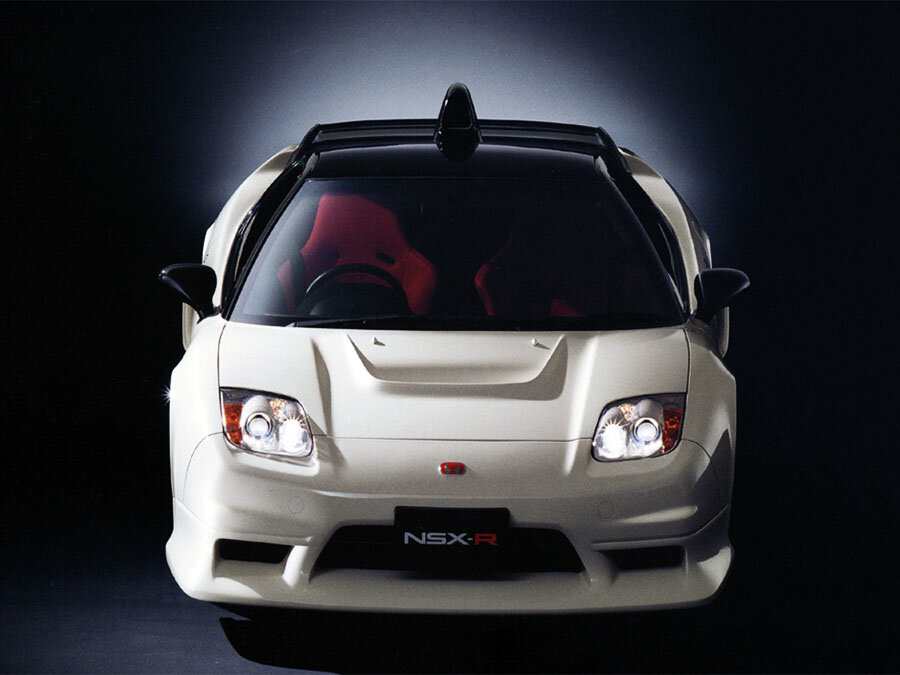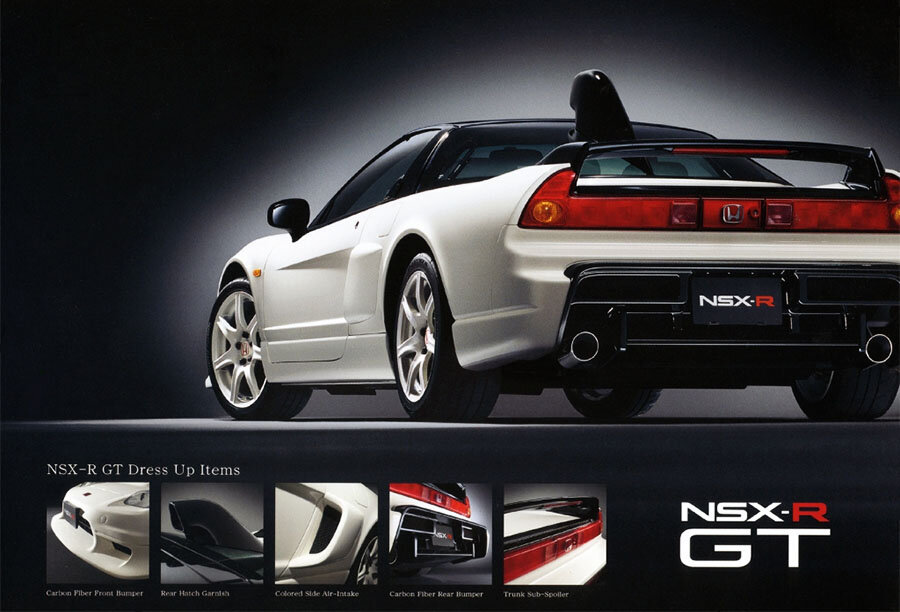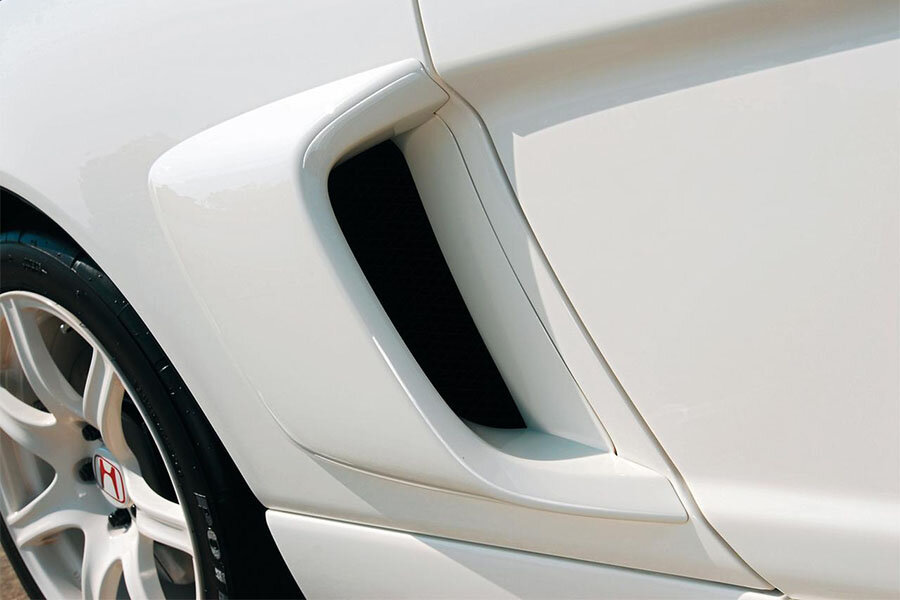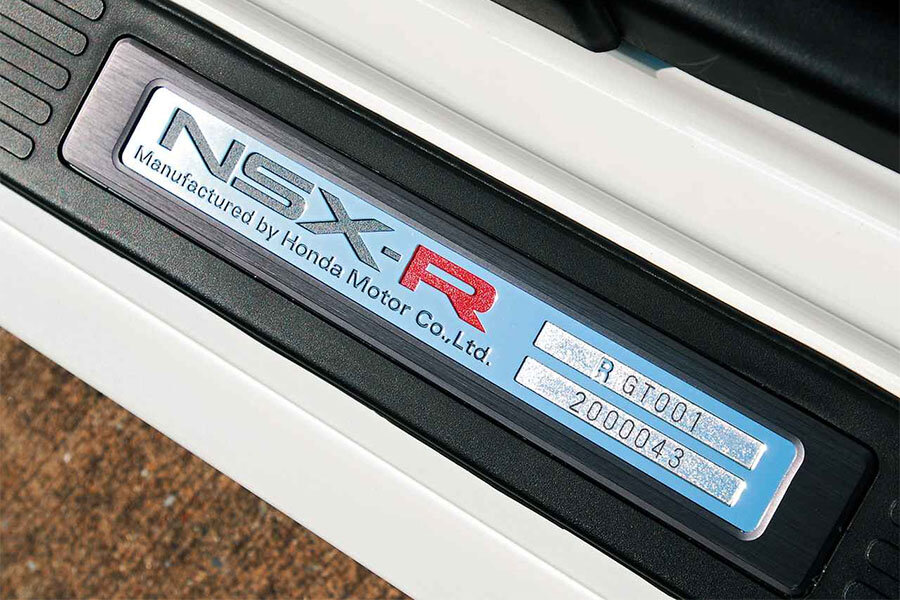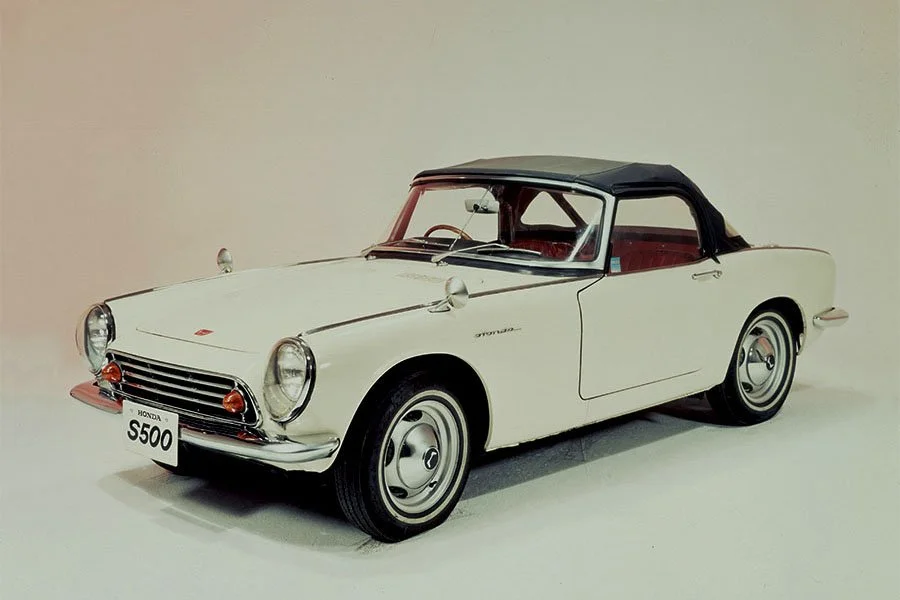Guide: Take Me to the Super GT - a Historical & Technical Appraisal of the Honda NSX 3.2 Type R GT
/BACKGROUND
For 2005, the All Japan Grand Touring Car Championship was re-branded Super GT.
The Super GT name better reflected the Prototype GT cars the series catered for; these machines were typically a level of sophistication up on comparable production-based FIA GT cars.
Ever more extreme machinery had come on stream since 2003 when the All Japan GT Car Championship essentially became a Silhouette formula. Partial spaceframe construction, radical suspension and free engine / transmission positioning was introduced along with smaller diffusers and flat bottoms.
As expected, the regulations gave a new lease of life to older models like the Toyota Supra and Honda NSX; under the skin, these dated cars could be heavily modified to stay competitive with the newer Nissan R34 GT-R Skyline.
In 2003, Dome-prepared Hondas won two of the eight GT500 class races (Mt. Fuji and Motegi). However, Nissan drivers Michael Krumm and Satoshi Motoyama took the championship.
Despite a new twin turbo engine for 2004, the NSX won just one of that year’s seven championship races. Richard Lyons and Satoshi Motoyama were crowned Drivers champions for Nissan.
2005 marked the switch to the new Super GT format.
In order to give the NSX every chance of success for the 2005 Super GT season, Honda produced a tricked out special designed to homologate longer, wider bodywork with improved aerodynamics and more effective cooling.
The resultant NSX-R GT was based on the standard NSX-R: Honda’s lightened, driver-focused variant.
Five NSX-R GTs were built in February 2005.
When the model was unveiled to the press in March 2005, Honda quoted a price nearly three times higher than the standard NSX-R. This was a considerable sum to pay because, modified body aside, the NSX-R GT was mechanically identical to its less expensive stablemate.
TYPE R GT BODY KIT
The GT body kit comprised a new extended carbonfibre nose panel with bigger intakes and a splitter-type front spoiler.
Down each flank were bigger intake scoops (created purely to widen the base car) and deep skirts.
A sub-spoiler was added underneath the existing rear wing.
Like the front, the new carbonfibre back bumper and rear apron was dramatically extended. The centre section was cut away to house bigger venturis.
For visual drama, Honda added a blanked off intake snorkel on the rear window.
The rest of the specification was pure Type R.
TYPE R
The Type R was offered exclusively for the Japanese Domestic Market and could only be ordered as a Coupe.
CHASSIS
It used Honda’s renowned all-aluminium bodyshell.
Double wishbone suspension with forged control arms was modified to make the NSX-R more track-oriented; anti-roll bars, bushes, coil springs and dampers were all stiffened to give more rear-end grip and reduce the spring bias of the original.
Braking was via an independent four-channel ABS system with 298mm diameter ventilated discs all round. Beefier pads were installed on the NSX-R to increase fade-resistance.
Special lightweight forged BBS alloy wheels were unique to the NSX-R. They were always painted Championship White and, like the regular NSX, measured 17 x 7-inches at the front and 17 x 9-inches at the rear. Special Bridgestone Potenza tyres were developed to suit.
BODYWORK
The NSX-R came with a vented carbonfibre front lid which, at the time, was said to be largest single panel made from this material used on a production road car.
A carbonfibre bootlid was also installed complete with a much bigger spoiler.
Both the NSX-R and NSX-R GT used Championship White headlight surrounds (instead of silver).
INTERIOR
To save weight and give a more involved driving experience, NSX-Rs had no power steering.
Other weight-saving measures included a smaller battery, a lighter rear damper beam and an aerosol-type puncture repair kit instead of a spare wheel and tyre.
The power door locks, electric mirrors, floor undercoating and melt sheet, rear bulkhead insulation and electric boot switch were also deleted.
Thinner single pane rear partition glass was fitted along with lightweight floor carpet. There was originally neither an audio system or air-conditioning.
Unique NSX-R features included Recaro carbon kevlar seats upholstered in fireproof red fabric, a custom ball-shaped titanium shift knob, a lightweight shift boot and leather Momo steering wheel (without airbag).
ENGINE / TRANSMISSION
Although Honda’s quoted power output for the NSX-R was officially unchanged (290bhp at 7100rpm), this was a ruse to avoid having to re-apply for type approval. In reality, the engines used in these cars were considerably more powerful as they were blueprinted and hand-assembled to extremely fine tolerances.
Everything was precision weighed and matched; the entire rotating assembly (pistons, connecting rods, crankshaft, clutch case and pulley assembly) was balanced to ten times the level of accuracy of a normal NSX engine. Bearing metal was measured and matched for more precise clearances and reduced friction.
Displacement of the all-alloy DOHC 90° V6 was unchanged at 3179cc thanks to a bore and stroke of 93mm and 78mm respectively. The 10.2:1 compression ratio and Honda’s own PGM-Fi fuel-injection were carried over from the regular model. The torque rating was 224lb-ft at 5300rpm.
Transmission was via six-speed manual gearbox with lower final gear ratio for faster acceleration.
A limited-slip differential was standard and the electronic drive-by-wire throttle was custom tuned.
The NSX-R also came with a more sensitive accelerator pedal with shorter stroke for improved throttle response.
WEIGHT / PERFORMANCE
The NSX-R offered a weight reduction of almost 100kg compared to the standard model.
The NSX-R GT weighed the same as the NSX-R.
Top speed was 175mph and 0-62mph took 4.6 seconds.
PRODUCTION
The only NSX-R GT sold to a customer went to Yoshiaki Yoshida, head of Japanese cosmetics and health food company DHC Corp. A serial NSX owner, Yoshida was informed by Honda he would be the only private individual to take delivery of a GT variant.
LEGACY
In 2005, the NSX won two of the eight races (at Motegi with Raybrig and Autopolis with Arta) but Toyota Supra drivers claimed five victories.
Official Honda representatives Dome and Team Aguri finished second in the Team’s championship. They scored 82 points compared to Nismo’s 86.
Toyota were third on 73 in what was the last year for the A80 Supra.
Text copyright: Supercar Nostalgia
Photo copyright: Honda - https://global.honda/
